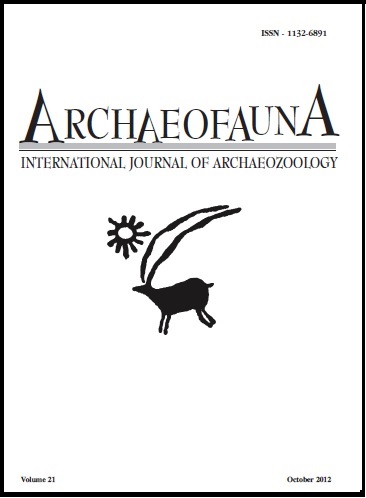Keywords:
Homo rudolfensis, Anthropogenic damages, Pelomedusae, Cyclanorbinae, Chiwondo beds, Plio-Pleistocene, Uraha, MalawiAbstract
A survey is given of the hitherto known turtle taxa from the Plio-Pleistocene of the Chiwondo Beds in Malawi. The paper includes new materials from these beds of Uraha, Karonga District of northern Malawi, collected by the «Hominid Corridor Research Project (HCRP)». The following species are discovered: Pelomedusa subrufa ssp., Pelusios sinuatus (A. Smith 1838), Cyclanorbis senegalensis (Duméril & Bibron, 1835) and Cycloderma frenatum Peters, 1854, all from the deposits which yielded Homo rudolfensis Alexeev, 1986. In the collection of fossils from this site also include two fragments of clavicular plates of great catfishes (Siluroidea: Clariidae) which remarkably resemble each other in the fragmented form, although they belong to evidently different individuals. The flat-shaped bones originate from the thickened joint area of the pectoral fin sting and the adjoining flat pectoral area. This combines with damages of an otherwise complete turtle shell by early humans. This evidence of consumption of aquatic animals could support an «aquatic ape hypothesis» in the sense of Morgan (1997), Verhaegen (2000) and Niemitz (2006, 2010).

